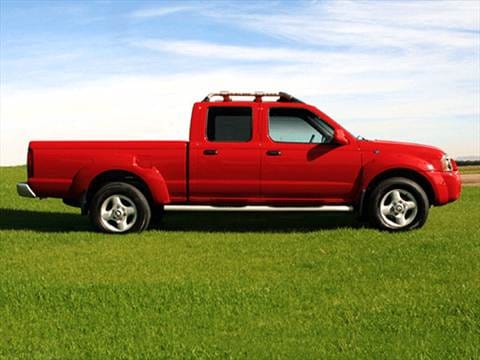"To Wikileak" is apparently a verb now.
- How can you run afoul of the TSA? Beth counts the ways.
- Who is so bad that even his Mom turns on him? Sean looks at the crime, and the criminal, to find the answer.
- Barron is back, and he brought a Sorcerer to talk about the Wikileaked Vault 7.
- In the Main Topic, Sean and Erin remind people that they don't own the culture. Ted Cruz is allowed to be a geek too.
- Tiffany screamed herself almost hoarse at the 19th annual Tactical Conference, and she's back to tell us about it.
- Sure, you have a blowout kit on your belt, but what about for traumatic injury at home? Erin tells you what to put inside your at-home kit.
- You've heard of the NRA A-rated politician from Florida who turned her back on gun owners? Weer'd puts her interview through a Patented Weer'd Audio Fisk™.
- And our plug of the week is Mike Leon's book Rated R (The Postmodern Adventures of Kill Team One Book 1)
Thank you for downloading, listening, and subscribing. You are subscribed, right? We are available on iTunes, Stitcher Radio, and Google Play Music!
Listen to the podcast here.
Read the show notes here.
Thanks to LuckyGunner and Remington for their sponsorship, and a special thanks to Firearms Policy Coalition for their support.
Blue Collar Prepping Transcript:
The At-Home Trauma Kit
Last week, Sean talked about the SFD Responder, an ankle holster for carrying a tourniquet, bandage and similar traumatic injury gear... and that’s great as far as a portable solution goes, but if you’re a prepper then you also need to be prepared for traumatic injury at home as well, such as a burn or knife wound from cooking meals, or an injury from power tools or yardwork, or even an animal bite if you have pets.
Now the good thing about having a prep like this at home is that you have the advantage of being at home. This means you don’t have to worry about portability, because you aren’t carrying it with you; all you need to do is be able to grab your gear from wherever you have it.
For most people, this will be near the medicine cabinet in the bathroom, next to where they keep their band-aids and pain medication. I call this my booboo kit, and I did a segment on it way back in episode 38. However, the bathroom may not be the best place to keep such things; if you have a large family, there’s a good chance that someone will be in the bathroom when you need to get to the trauma supplies, and the heat and humidity from baths and showers can reduce the life of medicines and supplies.
Wherever you choose to put it, make sure it’s in an easily-accessed central location and that everyone knows where it is, what’s in it, and how to use it. What’s NOT in it is also important; since this is something I’m going to grab in a life or death emergency, I’m not going to stuff it with bandaids for booboos. If I need one of those, I can get them from the bathroom or first aid kit; this is for serious injuries.
The three most important things I have in my kit are a tourniquet, and Israeli bandage, and a Trauma Pak from Adventure Medical. I love this pak, as it’s small enough to fit into a cargo pocket but is filled with good things like Quick Clot, nitrile gloves, duct tape, a triangular bandage and a LOT of gauze. With all that, I can handle most any injury.
Also nearby is something called the iSHWASH Personal Eyewash System, which is an eye rinse unit that can be attached to a bottle of water and then squeezed to produce a shower effect. This is great for preventing blinding in case a harsh chemical gets in someone’s eyes, but also works as a way to wash out painful particles like dust, ash, pollen, etc that may be causing irritation. To make mine more useful, I actually bundled the iSWASH with an unopened bottle of water inside a large ziploc bag for fast access; see the picture in the show notes.
Other things that would be useful to have in an emergency are bandage shears, in case you need to cut clothing off someone to reach a wound; a pen light with a pupil gauge to check someone’s responsiveness; and a head lamp in case you have to use this when the power’s out and you need both hands to help the injured party
Now I keep all of my stuff inside an airtight, waterproof box with a carry handle. Not only does this protect my supplies from water, pests, dust and the like, but because it has a carry handle I can grab it easily and take it wherever I need it, including out of the house if necessary.
Now these suggestions are just for making do until the ambulance shows up; in a later episode I’ll talk about what long-term supplies you will need - mainly books - in case paramedics no longer arrive or hospitals no longer exist.












 Regardless of whether you shoot or not, .50 caliber cans are a great way of storing materials. However, they have a tendency to get a little unstable if you stack them too tall, so I built myself a set of shelves to hold mine.
Regardless of whether you shoot or not, .50 caliber cans are a great way of storing materials. However, they have a tendency to get a little unstable if you stack them too tall, so I built myself a set of shelves to hold mine.
